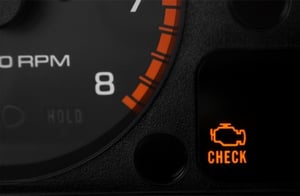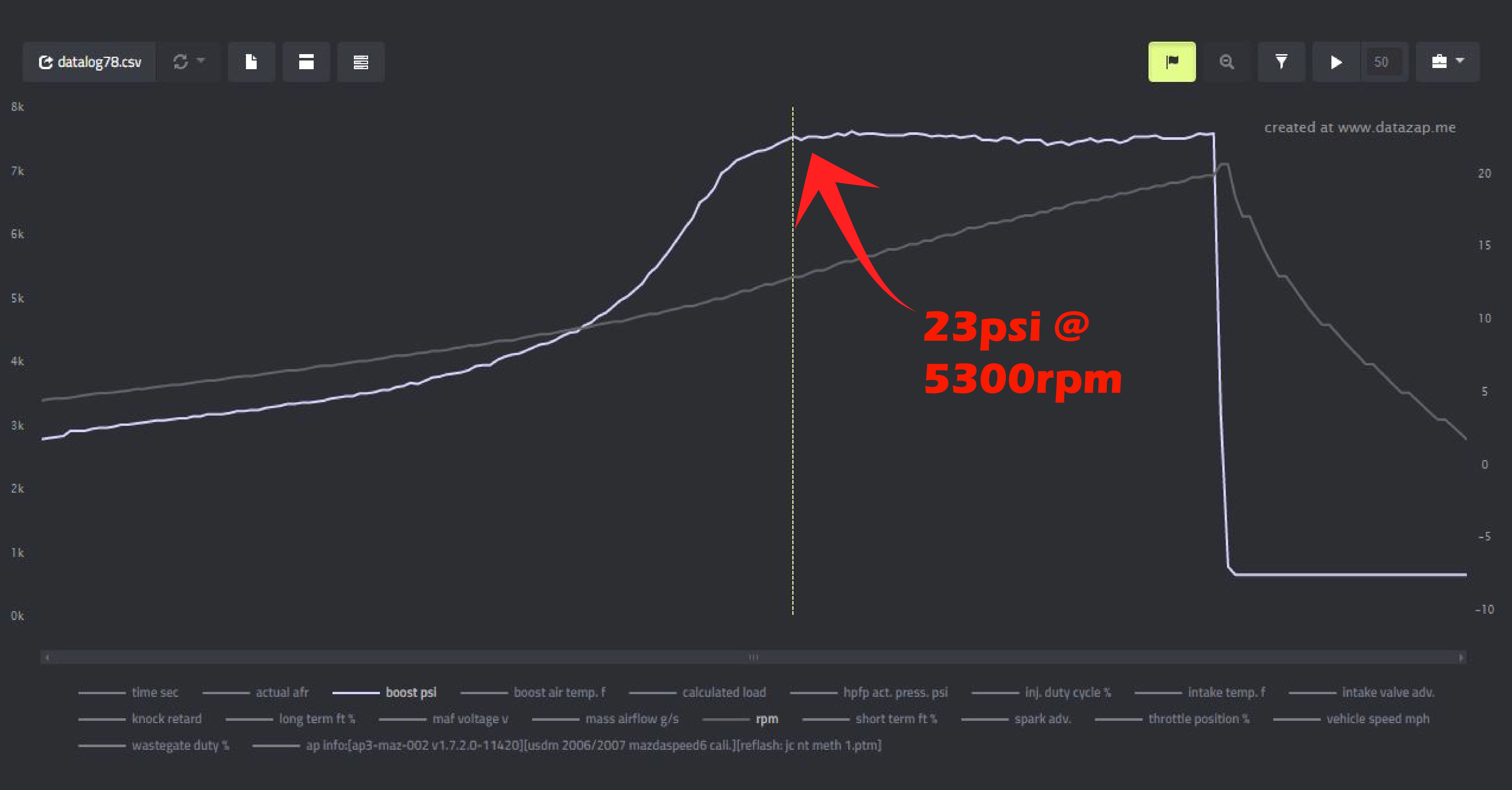Catalytic Converters and Modifying, Making Sense of It All
January 15th, 2016
6 min read
By JP Alonso

A catalytic converter seems simple, but it’s not. Physically it’s not simple and environmentally it’s not simple. You can argue that the decision to use one is not simple, even from an ethical standpoint. How should you setup your exhaust system as it relates to your high performance car?
To cover our rear ends on this debate, we are not making any suggestions on what you should do. We are simply reporting information to help you make your own decision on whether or not you should keep your stock cat(s), run a high flow cat(s), or eliminate them altogether. There, that’s out of the way.
If you ask an environmentalist, they will kick and scream telling you not to remove your cat. They have a good point, for the record. If you ask a car enthusiast who doesn’t care about anything but power and fun, they will tell you to get that thing out of there yesterday. If you ask a car enthusiast that also cares about the environment, they might share what could be considered a good compromise for keeping the environment mostly healthy while putting out some decent horsepower. Catalytic converters were introduced (in the USA) in the mid 1970’s. The EPA required a 75% reduction of emissions in all American vehicles model year 1975 and newer. Ever wonder why performance of factory vehicles suddenly dropped off the map around this time? Now you have your answer. Back then, fuel injection wasn’t the standard, if used by some manufacturers at all. Even if it was, it wasn’t nearly as efficient as it is today. Catalytic converters (cats) were instituted in order to prevent harmful pollutants from entering the atmosphere. Since 1975, they have improved greatly on their ability to flow and their ability to protect the air.
Construction of a Catalytic Converter
A cat is a honeycomb (or similar) shaped material attached to the inside of a small section of the exhaust pipe. The material is ceramic based or metallic based. There are a few different types but most commonly, they will contain some or all of a small amount of Rhodium, Palladium, Cerium, and Platinum depending on the application.




What does the Cat Converter physically do?
When you look inside one, it doesn’t look like much more than a simple set of passages that blocks the harmful contaminants from getting past it. However, it’s much more scientific and active than that, otherwise it would just build up and block the exhaust from flowing at all.

Gasoline is made up of several different hydrocarbon molecules (HC). When gas is mixed with air inside of the engine and burned, energy is released and it rearranges the atoms that mixed together to make a different set of molecules including CO (carbon monoxide), CO₂ (carbon dioxide), H₂O (water), and NOx (different Nitrogen and Oxygen based molecules), some of which are harmful to the atmosphere. During certain conditions, there are also hydrocarbon molecules (unburned fuel) that exit as well. In a perfect world, the combustion process would produce only CO₂ and H₂O. However, as certain conditions are met, other things start happening. As CO₂ is produced, heat is also produced which causes NOx to form. As NOx is formed, it takes away Oxygen molecules from contributing to CO₂ production. As a result, the actual result of internal combustion ends up being the CO, CO₂, H₂O, and NOx molecules previously mentioned. In addition, as the air to fuel ratio decreases, more unburned fuel (HC) is allowed through the exhaust system instead being combusted in the cylinder. Ultimately, like many other processes, 100% efficiency is never achieved. This is where the cat does its job. There are 2 types of converters, 2-way and 3-way. 2-way converters only oxidize the CO and HC by way of the Palladium and Platinum elements in the converter.

3-way converters do that and in addition, they reduce the NOx byseparating the Nitrogen and Oxygen molecules by way of the Rhodium. The air to fuel ratio and exhaust oxygen content need to be controlled enough to allow these things to happen. But reduction and oxidation can’t efficiently occur at the same time. This is where the element Cerium is valuable in the 3 way converter. Cerium attracts Oxygen. So under lean conditions when Oxygen content is high, Cerium builds Oxygen and stores it. Under rich conditions when oxidation is important, it releases the Oxygen which is used to oxidize the HC and CO. Ultimately, this process prevents harmful contaminants from entering the air. It’s not perfect but it works very well.*
Do you need a catalytic converter?
Let’s get something straight. This is a subjective question. There isn’t a right answer. If you’re the environmentalist then yes, you need one. If you share the opinions of Joe Dirt, then no, you don’t need one. Simply put, this is your decision and there is no right or wrong answer (if you don’t care about the law). However, there are legal implications for some. The EPA mandates that you do not change your exhaust system and if you do, it must be with a certified catalytic converter, basically the same thing as a stock cat. If you’re looking for a high performance certified converter, good luck. However, this is a federally mandated law and since many states and counties don’t have strict local emissions laws, you will find that it’s easy to run catless or with a non certified, high performance cat in many places. Check with your local city, county, and state laws to see if a cat is required. Even if it is, many states don’t do a physical check when it comes time to test your emissions. Ask around your local area to see what others have had to do to get their vehicle to pass emissions and that may help you decide how much of a hassle you’ll have to go through to get your vehicle to pass. At the end of the day, there are places (not many) where it is downright dangerous to mess around with modifying the exhaust system and authorities will fine you or make you fix it. Just check your laws and see how strict yours are.

High Flow Catalytic Converters
A quick Google search for this term will net you a bunch of products and bunch of opinions on forums and online publications. Here’s the truth. A catalytic converter, by nature, is not “high flow” when compared to no catalytic converter. It’s only high flow when compared with a factory catalytic converter. Some will argue that there is no such thing as a high flow cat. There are high flow cats that have certain features that allow less exhaust back pressure and higher flow than factory cats which can potentially, and most of the time they do, increase efficiency and power. Again, that is if you compare it to a factory cat. However, they still don’t maximize efficiency and power. Here are some features that make up a high flow cat.
*Lower cell count – Less honeycomb style cells which allow pressure to flow more freely through the exhaust than with a higher cell count.
*Larger volume – This may feature a high cell count but in a more spread out version which can allow good conversion and higher flow simultaneously.
*More compact – The opposite of larger volume, they are lower volume cats but with lower cell counts and ultimately aren’t as good as a factory style cat at reducing emissions. Although not as good, they’re better than nothing when it comes to the environment.
*Metallic – Many high performance cats regardless of higher flowing or not, are metallic which is more durable and more suited for a high performance cat. These withstand higher temperatures much better which is common in high performance applications. More on this later…
At the end of the day, a high flow cat is a compromise. It allows a little more efficiency than a standard type of cat but not the highest possible efficiency. Disregarding any environmental concerns, it doesn’t get higher flow than a catless system.
Things To Consider
Compromise
If you want to fully comply with the law and keep a factory or certified catalytic converter on your car, we applaud you. However, if you try to push the performance of your vehicle, understand that this will be a bottleneck at some point. Depending on the platform, it might already be a massive bottleneck or it might become a huge restriction at 50 extra horsepower. It’s impossible to address that directly. There are too many cars out there to do that research on. Try to see what others have done with your same platform and the results they’ve gotten.
Ceramic vs. Metallic
Ceramic cats are more prone to damage. When you push the performance limits of your car through modifying, generally speaking your EGTs (exhaust gas temperature) are higher. You’re requiring the cat to get hotter and work under conditions not originally intended. You may find that if you stick with a factory cat, you’ll melt it or dislodge it from damage. This is obviously not ideal. A metallic cat is better for high performance applications, if you’re going to run a cat.
Sound
A cat can act as a muffler to deaden some of the sound. If you like a more quiet exhaust, this can be a good thing for you and might allow you to comply with the law at the same time. That’s a win. However, if you like it to be the loudest it can possibly be (which also has legal implications), then a cat is only going to prevent that.
 CELs (Check Engine Lights)
CELs (Check Engine Lights)
This typically happens because of the change in conditions registering with the O₂ sensor. When you remove a catalytic converter, there is a different amount of oxygen running through the exhaust that normally would be different with a cat. Most cars have a post-cat O₂ sensor specifically for monitoring this so that it can relay information about a possible catalytic converter failure. The O₂ sensor picks up on that and tells you that the reading is out of a normal range. According to how the car’s computer was originally programmed, it is out of range when you take the cat out. A sensor defouler is a common fix for this. It relocates the O₂ sensor slightly further away from the exhaust stream giving it the impression the exhaust contents are within the right parameters.
Tuning Software

most tuning programs these days give you the ability to monitor CELs and will allow you to deactivate them. If you have or are considering tuning software, check into this and see if it’s an option when tuning your vehicle’s ECU.
For example, here is a troubleshooting screen from a popular tuning device, the Cobb Tuning AccessPort. Many tuners like this give you the ability to read codes as well as deactivate them or clear them in the ECU. This is very helpful for highly modified cars with stock ECUs that easily trip a CEL.
Cat Reduction
Some cars feature multiple catalytic converters. This allows you to remove a cat and still retain one. If that makes you feel good, knock yourself out. You still have a restrictive cat but you probably have less restriction overall.
I'm the founder of Edge Autosport and I remember first getting into cars in high school. I read all the magazines, bought a bunch of technical books, and finally got to start wrenching around the age of 19. I really enjoy modding and being able to live out a passion is truly awesome. I wouldn't change a thing.
Topics:
 CELs (Check Engine Lights)
CELs (Check Engine Lights)


